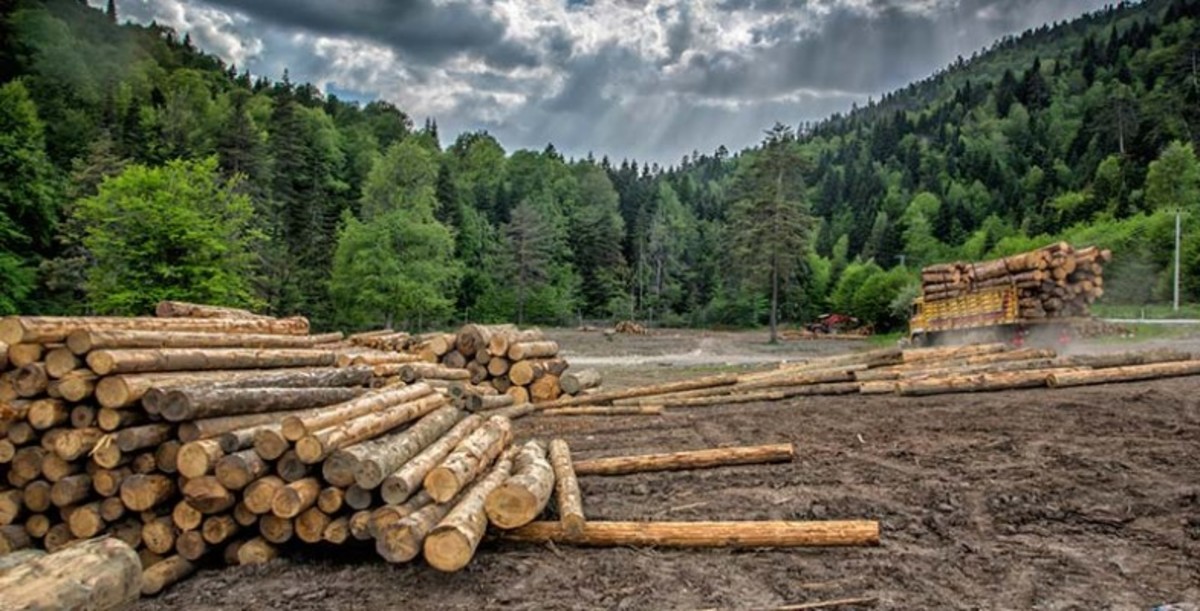Almost all return on investment generated by timber hails from the biological development in size of the timber source, from seedling to sapling to totally fledged tree. An average of, an individual tree’s volume of wood raises by between 2% and 8% each year according to species, age and climate. Over a erogenous level, this provides the tree owner more timber to market after some time, and hence generates a better return from the long-term.
Apart from this basic observation there is certainly more to think about, as trees yield a better sale price after they grow into bigger product classes. For instance, a small tree would basically be suitable for paper products or biomass for fuel, when a larger tree can be harvested for sawn-timber that can fetch dramatically higher prices per tonne and can be useful for products like plywood or telephone poles.
Research by Professor John Caulfield in the University of Georgia learned that biological growth counts for longer than 60% of total financial returns, whilst increases from the cost of timber, and capital appreciation from the land take into account the entire content of returns produced by a timber plantation.

This holds to demonstrate it is an effective strategy to lease land on which to develop timber, and also purchase outright as only 6% of income is derived from capital appreciation from the price of the land. This signifies that fluctuations within the price per cubic metre or tonne of timber have limited affect on the overall performance of timber investments. The majority of return is generated from the increase from the size of the tree itself.
The typical benchmark for timber will be the NCREIF Timberland Index, which increased 18.4% in 2007, versus a 5.5% rise for that S&P 500. Within the long-term, the Timberland Index has outperformed all major asset classes including, large-cap stocks, International equities and company bonds.
Whilst small-cap equities have outperformed timber within the long-term, after factoring in risk (as reflected within the Sharpe Ratio), timber has exhibited the highest risk-adjusted returns of any major asset class. As opposed to S&P 500, timber has displayed a decreased risk characteristic. Since supplies fae mulcher parts , the NCREIF Timberland Index has fallen in only one full year: – 5.25% in 2001, as well, the S&P 500 has fallen 4x, including -22.10% in 2002.
One of the many reasons investors, especially large institutional investors, turn to timber, is always that the asset displays low to zero correlation to assets, specially those connected to real estate markets. It has been demonstrated over a long period of time that adding timber with a portfolio of investments gets the effect of improving overall risk-adjusted returns. This low correlation reflects the fact the principal driver of returns-biological growth-is unaffected by economic cycles.
For details about supplies fae mulcher explore the best web site.
